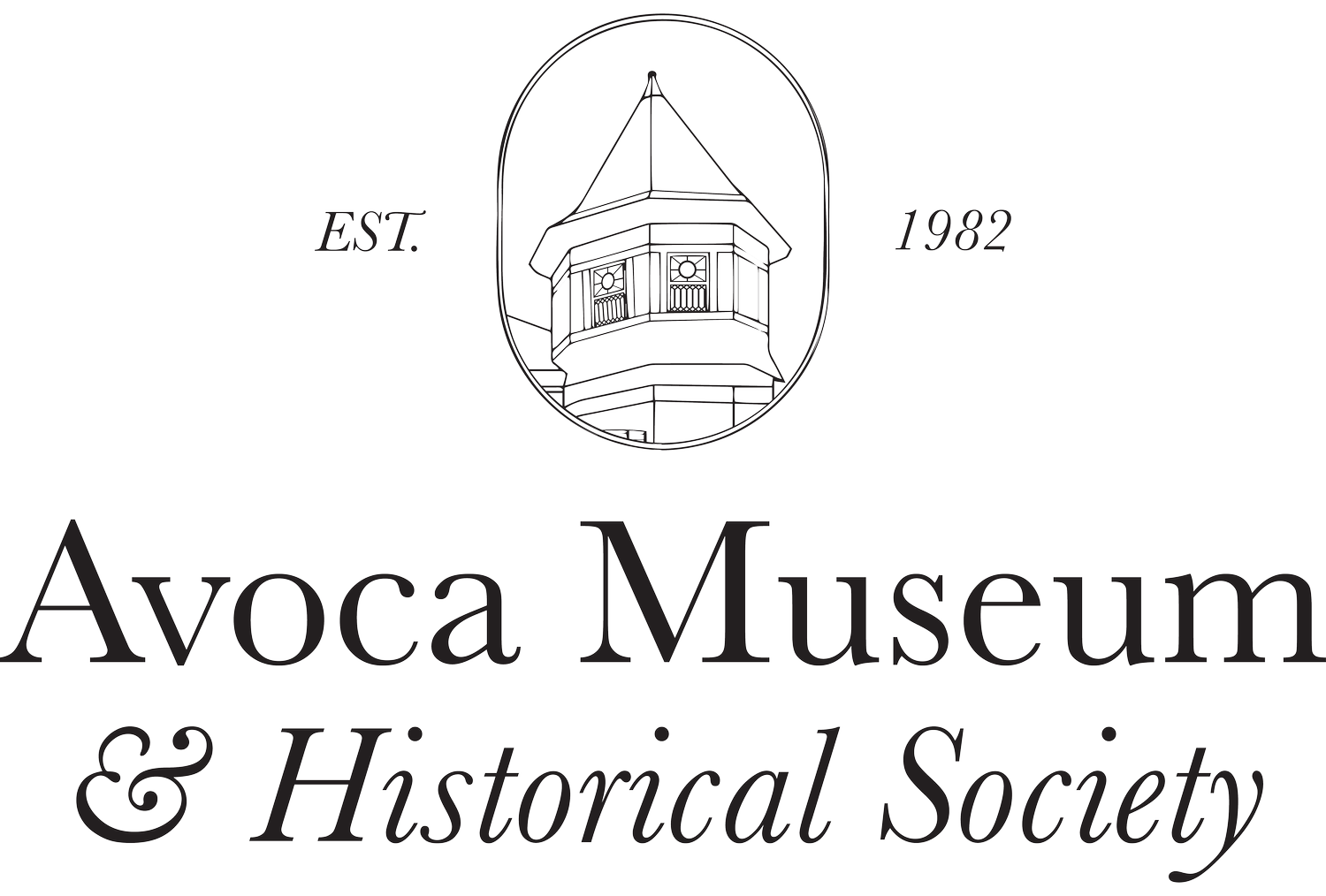A Brief History of Photography
The ability to capture the likeness of the world around us through the quick snap of an iPhone camera is an ability most take for granted. We live in a time where memories are most often preserved in photographs and an image of a loved one is never far away. Photography has not even existed in the traditions we know today for two-hundred years. Since the early 19th century, photography has quickly advanced into the form we know and love. The first ever photograph, taken in 1826 by Joseph Nicéphore Niépce is in stark contrast to the sharp photographs effortlessly taken today. Perhaps the earliest marketable form of photography was Daguerreotypes, a type of photography known for its reflective glossy surface on a metal plate. This type of photography is most commonly associated with portraits encased in portable gold frames. Daguerreotypes remain expensive collectibles to this day. Unfortunately, for people of lower classes, Daguerreotypes were often too expensive for any other groups than high society. Luckily, the subsequent arrival of Tintype photography would open the magic of the camera to people of all social classes. Just as the name suggests, Tintypes were photos printed on thin sheets of metal. Cheaper and easier to make, Tintypes were common in the mid 19th century. After the tintype, photography became firmly planted in using various types of paper and cardstock to create photos. Indeed, most antique photos commonly seen today are paper mounted. Avoca is home to hundreds of historical photographs, seen below are examples of tintype and paper mounted photos that range from the mid 19th century to early 20th century.
The first three seen are tintype photos and the last three are paper mounted.




